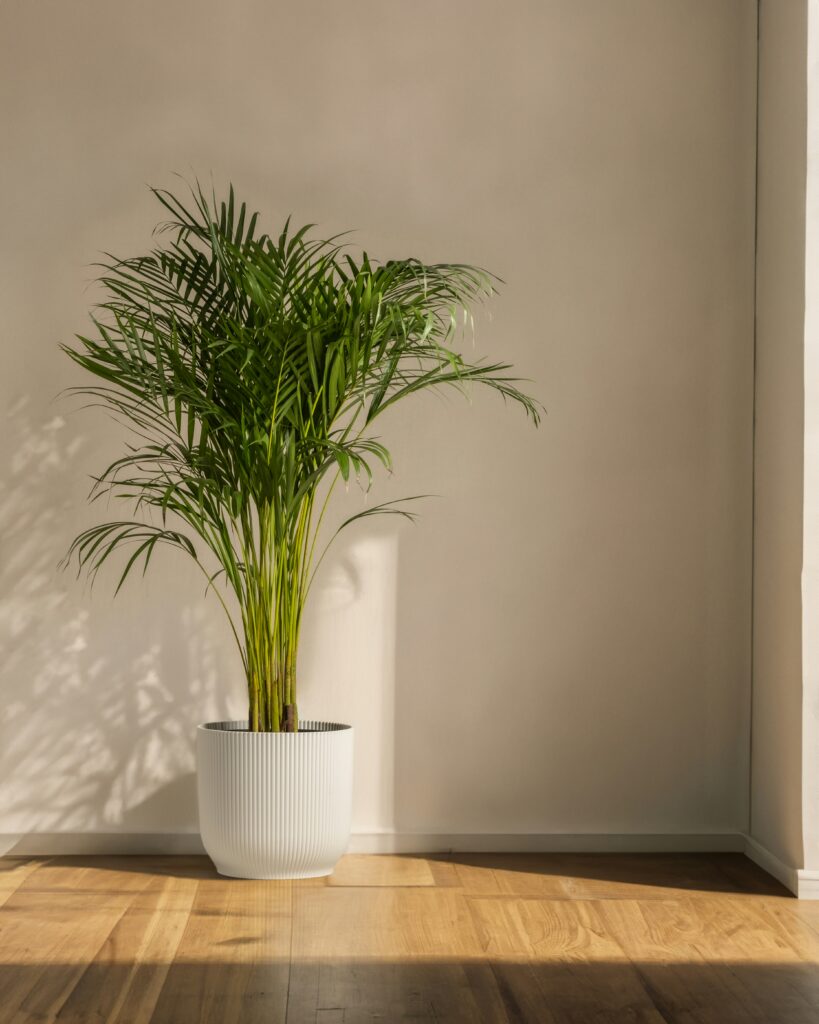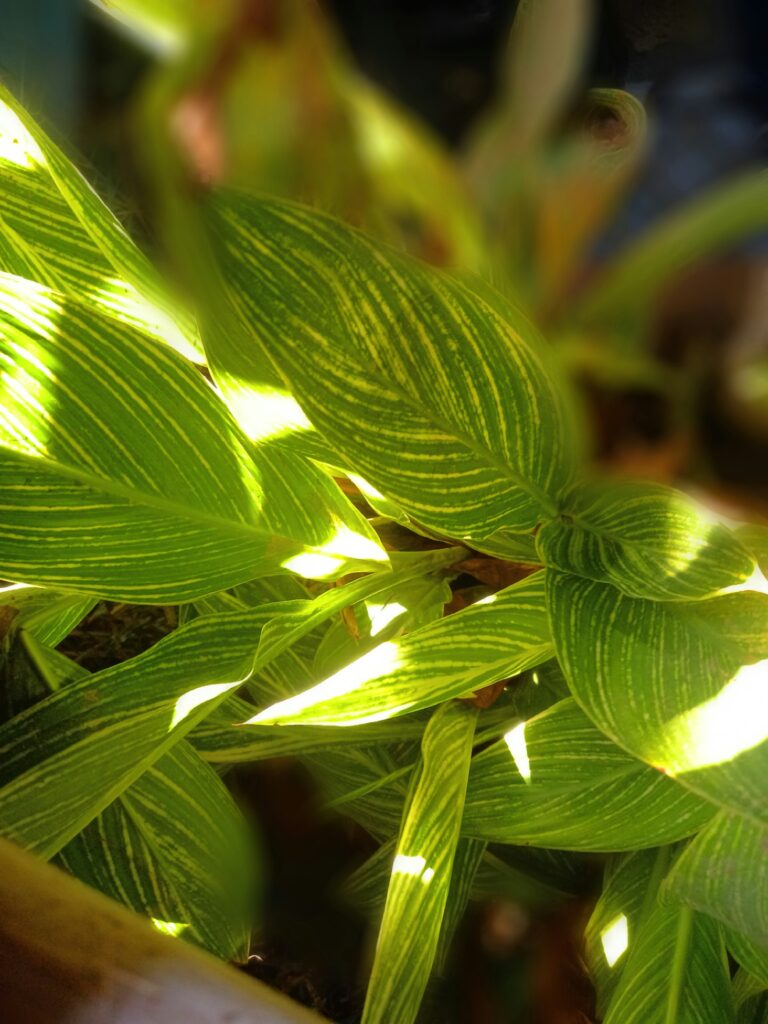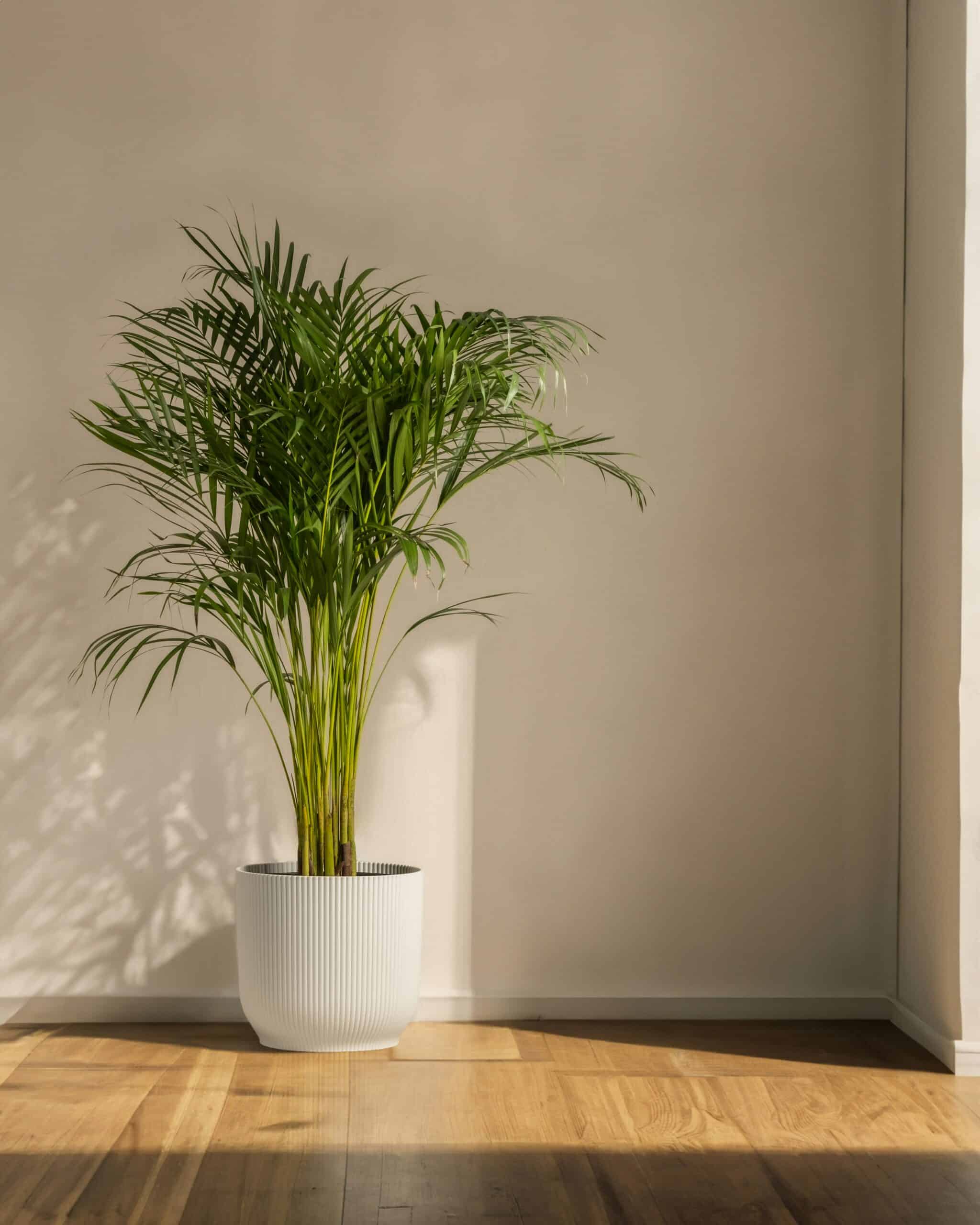Anúncios
In this comprehensive guide, we will deep-dive into how manipulating indoor lighting schedules can significantly boost your plants’ health and productivity. Indoor gardening has its unique set of challenges, and one critical factor that often gets overlooked is the lighting schedule. By understanding and controlling your plants’ exposure to light, you can directly influence their growth patterns, leading to lusher foliage and more abundant harvests.

The journey starts by understanding the science behind plant growth and the essential role that light plays in this process. We will explain concepts such as photoperiodism and photosynthesis, and how different light spectrums impact plant development. Armed with this knowledge, you can create a tailored lighting schedule that perfectly meets your plants’ needs.
Anúncios
Moreover, we will delve into the various types of indoor lighting options available in the market, including LED, fluorescent, and HID lights. With each having its advantages and considerations, we will help you navigate through these choices, ensuring you pick the best lighting setup for your indoor garden.
Lastly, we will share practical tips and strategies on how to optimize your indoor lighting schedule to maximize growth. Whether you are growing leafy greens, flowering plants, or succulents, these insights will empower you to cultivate your best indoor garden yet. Get ready to illuminate your plants and watch them thrive like never before! 🌱💡
Anúncios
Understanding Plant Photobiology and Photoperiodism
Understanding the science behind plant growth is crucial before diving into the specifics of indoor lighting schedules. Plant photobiology, the study of how plants interact with light, is a critical aspect of this understanding. Here are some fundamental concepts:
Photosynthesis
It is the process by which plants convert light energy into chemical energy, which they use for growth and development. The quality, quantity, and duration of light all significantly affect photosynthesis.
Photoperiodism
This is the physiological reaction of plants to the length of day or night. It’s a critical aspect of their growth as it determines when they flower, fruit, and go dormant.
Types of Indoor Lighting for Plant Growth
There are several types of indoor lighting systems that gardeners can use to provide their plants with the essential light energy for photosynthesis. The most common ones include:
- Fluorescent Lights: They are suitable for plants with low to medium light requirements. They come in a wide variety of sizes and shapes, making them versatile for different indoor gardening scenarios.
- High-Intensity Discharge Lights: They are highly efficient, providing a lot of light from a small package. They are perfect for larger indoor gardens.
- Light Emitting Diodes (LEDs): They are highly efficient and produce less heat, reducing the risk of burning the plants. They also offer the full spectrum of light, which can be tailored to the specific needs of the plants.
Creating an Effective Indoor Lighting Schedule
Creating an effective indoor lighting schedule involves balancing the quantity, quality, and duration of light. Here’s how:
Quantity of Light
Different plants require different light intensities. For instance, flowering and fruiting plants generally need more intense light than foliage plants. It’s crucial to adjust the distance between the light source and the plant to provide the right light intensity.
Quality of Light
Plants need different light spectrums for various growth stages. For example, blue light is crucial for promoting leafy growth, while red light is necessary for flowering. Luckily, LEDs can provide the full spectrum of light.
Duration of Light
The light period, or photoperiod, can influence the flowering of plants. Some plants require long days to flower, while others need short days. Therefore, it’s crucial to understand the photoperiod requirements of your plants.
Monitoring Plant Response
One of the most important steps in maintaining optimal light conditions for your plants is to regularly monitor their response to light. Plants will show certain physical signs if they’re not getting the right amount of light. By observing these signs, you can make timely adjustments to their lighting schedule.
- Signs of Too Much Light:
- Leaf Scorching: Leaves may develop brown, crispy edges or show signs of bleaching, especially in direct light. This is a sign that the plant is being exposed to too much intense light.
- Burned Spots: If a plant is in direct sunlight for too long or too close to grow lights, the leaves may show signs of burn marks.
- Wilting: In extreme cases, plants exposed to excessive light can wilt due to dehydration or heat stress.
- Signs of Too Little Light:
- Yellowing Leaves (Chlorosis): When a plant isn’t receiving enough light, the leaves may begin to turn yellow. This is due to insufficient chlorophyll production, which is essential for photosynthesis.
- Slow Growth: Plants that aren’t getting enough light may exhibit stunted growth. The stems and leaves may be smaller or weaker than usual.
- Leggy Growth: Leggy stems (long, spindly stems with sparse leaves) indicate that a plant is stretching toward the light source in an attempt to capture more light. This is commonly referred to as etiolation.
By carefully observing these symptoms, you can determine whether your plant is receiving too much light, too little, or just the right amount.
Adjusting Light Intensity and Duration
Once you’ve identified any signs of light stress, it’s time to adjust the light intensity or duration to meet your plant’s needs. Here’s how you can make adjustments:
- Adjusting Light Intensity:
- Too Much Light: If your plant is showing signs of light stress from excessive light, you can decrease the intensity. For plants under grow lights, this might mean increasing the distance between the light and the plant. For natural light, you can place the plant further from the window, or use sheer curtains to diffuse the light and prevent it from being too harsh.
- Too Little Light: If your plant isn’t receiving enough light, you can increase the intensity by moving it closer to the light source. For artificial lights, increasing the wattage or using higher-intensity bulbs can help, while for natural light, relocating the plant to a sunnier spot in the home can make a big difference.
- Adjusting Light Duration:
- Too Much Light Duration: Plants that are exposed to light for too long may suffer from sunburn or fatigue. To resolve this, reduce the light exposure by adjusting your timer or turning the light off earlier. For plants that require less light, try shortening the duration of artificial light to mimic their natural light conditions (e.g., 8-10 hours for low-light plants).
- Too Little Light Duration: For plants in low-light environments, increasing the amount of light exposure may be necessary. Most plants benefit from a daily light duration of 12-16 hours. Using a timer or smart lighting system can help you maintain a consistent light schedule and ensure your plants receive the light they need for optimal growth.
Adjusting Light Spectrum (When Using Artificial Light)
While light intensity and duration are important, light spectrum also plays a critical role in your plant’s health. Different wavelengths of light—specifically red and blue—affect different stages of plant growth.
- Blue Light: Blue light promotes leaf growth and is crucial for plants during their vegetative stages. If your plants are growing leggy or not producing enough foliage, consider using lights that emit more blue light or adjusting your current light to include more blue wavelengths.
- Red Light: Red light encourages flowering and fruiting, so plants in the reproductive stage may benefit from an increase in red light. If your plants are not blooming or fruiting as expected, you may want to increase the amount of red light they receive by using full-spectrum lights or adjusting the ratio of red to blue light.
Many modern LED grow lights are full spectrum and offer the flexibility to adjust the light spectrum, allowing you to tailor the lighting to your plants’ specific needs throughout their growth cycle.
Adjusting Light Intensity and Duration
If your plants show signs of light stress, you may need to adjust the light intensity or duration. For instance, if the leaves are yellowing, you may need to decrease the light intensity or shorten the light duration.
Adjusting Light Spectrum
Adjusting the light spectrum can also help optimize plant growth. If your plant is in the vegetative stage, you may need to increase the blue light. If it’s in the flowering stage, increasing the red light may be beneficial.
Maximizing Plant Growth with Automation
Automation in indoor gardening can significantly simplify plant care, particularly when it comes to managing light exposure. By incorporating automation into your gardening routine, you can ensure that your plants receive a consistent and optimal light schedule, promoting healthier growth and better results. The following tools—timers, light sensors, and smart home systems—can help you maximize plant growth with minimal effort.
Using Timers
One of the most basic yet effective ways to automate your indoor lighting schedule is by using timers. Timers are reliable, inexpensive devices that can automatically turn your grow lights on and off, ensuring your plants receive a consistent photoperiod (the duration of light exposure during the day). This is crucial for many plants, as an irregular light schedule can disrupt their natural growth cycles.
- How Timers Work: Timers can be set to turn your lights on at specific times, mimicking natural daylight patterns. For instance, if your plants need 12 hours of light per day, you can set the timer to turn the lights on in the morning and off in the evening, ensuring they get the correct light exposure each day.
- Benefits: Timers are easy to use, cost-effective, and help take the guesswork out of managing light schedules. They are ideal for people with busy schedules or those who may forget to turn lights on or off manually.
- Considerations: While timers are effective, they don’t account for the changing intensity of natural light during the day or seasonal variations. For more precise control, consider combining them with other automation tools.
Using Light Sensors and Smart Home Systems
For those looking for a more sophisticated approach, light sensors and smart home systems offer an advanced way to automate lighting in your indoor garden.
Integration with Other Automation: Light sensors and smart systems can work together, allowing your lighting setup to respond to real-time changes in the environment. For example, if the sensor detects that it’s cloudy or dark outside, it can automatically increase the intensity of the grow lights, ensuring your plants continue to receive optimal light exposure.
Light Sensors: Light sensors measure the ambient light levels in a room and adjust the artificial lighting accordingly. These sensors can detect how much natural light is available and adjust the grow lights to maintain optimal conditions. This feature can be particularly beneficial in spaces with fluctuating natural light, such as windowsills or areas near skylights. By using light sensors, you can ensure that your plants are not overexposed or underexposed to artificial light.
Smart Home Systems: A smart home system goes beyond simple timers and light sensors by allowing you to control your grow lights remotely through your smartphone, voice commands, or automated routines. Systems like Google Home, Amazon Alexa, or Apple HomeKit can be connected to smart bulbs or plugs that control your grow lights. This enables you to adjust light intensity, color, and even schedule light cycles with ease.
Benefits of Smart Home Systems:
Remote Control: You can adjust the light settings from anywhere, even when you’re not at home, ensuring your plants are getting the right care.
Customization: With smart systems, you can create custom schedules for different plants, simulate sunrise and sunset, or even adjust lighting based on the time of day.
Energy Efficiency: Many smart home systems allow for integration with energy-efficient lighting, helping you manage power consumption and reduce electricity costs.

Conclusion
In conclusion, the article “Illuminate Your Plants: Maximizing Growth with Indoor Lighting Schedules” delivers an insightful perspective into the importance of light for indoor plant growth. As articulated, indoor lighting schedules are paramount to ensure optimal growth and development of your indoor plants. 💡
By creating a tailored lighting schedule, you can provide your plants with the correct light intensity, duration, and quality. This consequently leads to healthier plants, fostering stronger root systems, vigorous growth, and vibrant colors. Furthermore, the implementation of an ideal lighting schedule can mitigate the challenges plants often face indoors, like lack of sunlight. 🌿
However, it’s worth noting that each plant species may require different lighting conditions. Therefore, it is essential to understand the specific light requirements of your plants to ensure their well-being.
The article successfully highlights that light is not a mere requirement but a significant growth influencer in indoor plants. In essence, the correct lighting schedule is a cornerstone of successful indoor gardening, making it an indispensable tool in your green thumb arsenal.
In the future, may your indoor garden glow with good health, thanks to the insights provided by “Illuminate Your Plants: Maximizing Growth with Indoor Lighting Schedules”. 🍃💡

